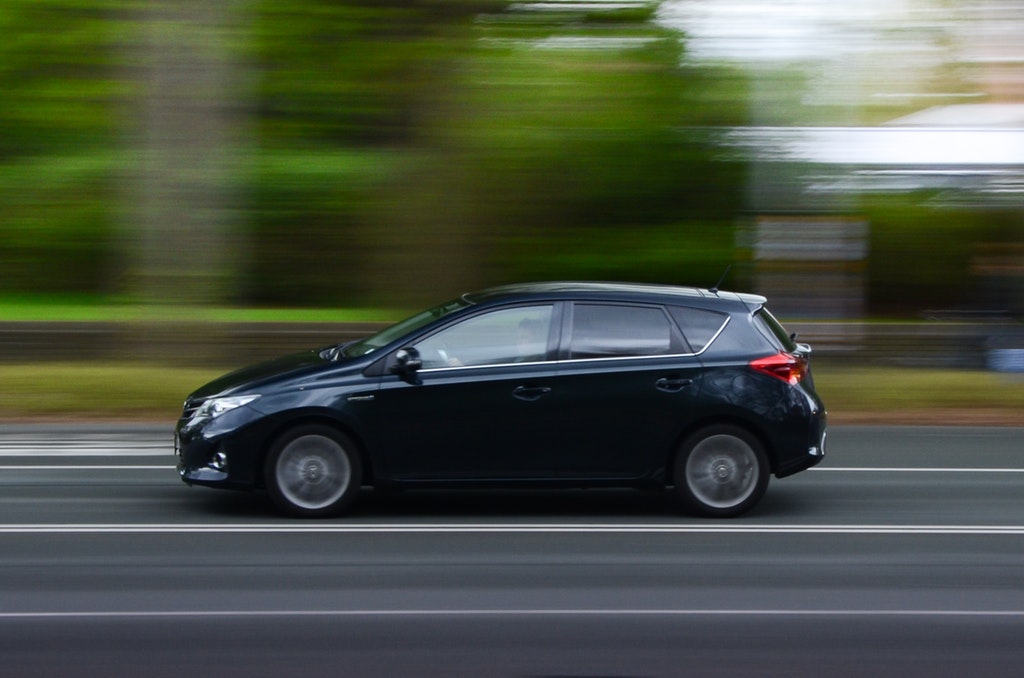Traditional personal injury and motor accident insurance covers are so crucial that most states make it law for all motorists to insure themselves, their passengers and third parties against personal injury losses. Furthermore, these state laws always require that we protect the property of others through liability insurance so that our insurers indemnify them if our actions, intentional or not, cause them injuries or damage their property.
1. Determining Fault and Liability
State legislation determines how traffic laws are phrased and enforced. Authorities anticipate that if all laws are adhered to by all motorists, accidents would seldom occur. Only natural disasters would then cause injuries and auto damages to road users. To protect law-abiding motorists, their passengers, and pedestrians, these laws describe fault as the breach of traffic laws that cause accidents. Furthermore, the laws place the burden of liability for injuries and property destruction on the at-fault motorists. They further dictate that all motorists should protect their passengers and third parties from their possible accident-causing faults.

2. What Happens If You Are At Fault and You Suffer Loss?
Your liability insurance only indemnifies your passengers and third parties when you cause an accident. Fortunately, you won’t have to pay their medical bills and consequential losses. Unfortunately, your liability insurance will never pay for your injuries and subsequent losses. However, according to upsideinsurancegreenville.com, you can purchase additional collision coverage. This type of coverage pays for damage to your vehicle in an accident where you are at-fault. Since this is a relatively inexpensive auto insurance, most insurance agents recommend adding this to your policy.
3. No-Fault Insurance
Most Americans, especially the industry professionals, refer to this insurance policy as personal injury protection. Considerate lawmakers in some states recommend and sometimes even oblige motorists to take this policy. It protects all accident victims from personal accident injury losses. Personal injury protection covers have no regard for fault or liability; they protect and indemnify their clients only regardless of what or who may have caused an accident.
4. How No-Fault Insurance Works
No-fault insurance does not replace liability insurance. No-fault insurance states recommend or require that motorists acquire personal insurance protection in addition to their liability insurance. When and if a motorist causes an accident, no-fault insurance states effectively eliminate personal medical crises. While liability insurers only cover second and third parties medical bills, no-fault insurers cover medical bills for at-fault drivers. The policy is, therefore, a good complement to liability insurance covers.
Please note that personal injury protection does not property damage loss. Also, personal injury protection prohibits you from pursuing normal tort compensation unless your injuries surpass certain state thresholds.
Certain State Thresholds
No-fault insurance only covers you on:
- Medical bills accrued from minor personal injuries incurred in an accident
- Lost earnings for a specified duration of time due to personal accident injuries
- Minor out-of-pocket damages resulting from accidents
Every state stipulates different thresholds which justify accident victims to breach the rule prohibiting liability prosecution for pain and suffering damages. Therefore, if you determine that your pain and suffering surpass stipulated state thresholds, you can pursue tort insurance justice if:
- Your accident injuries included fractured or broken bones
- You incurred considerable disfigurement
- You suffered long-term disability
- You incurred medical bills that surpassed your no-fault insurance coverage


